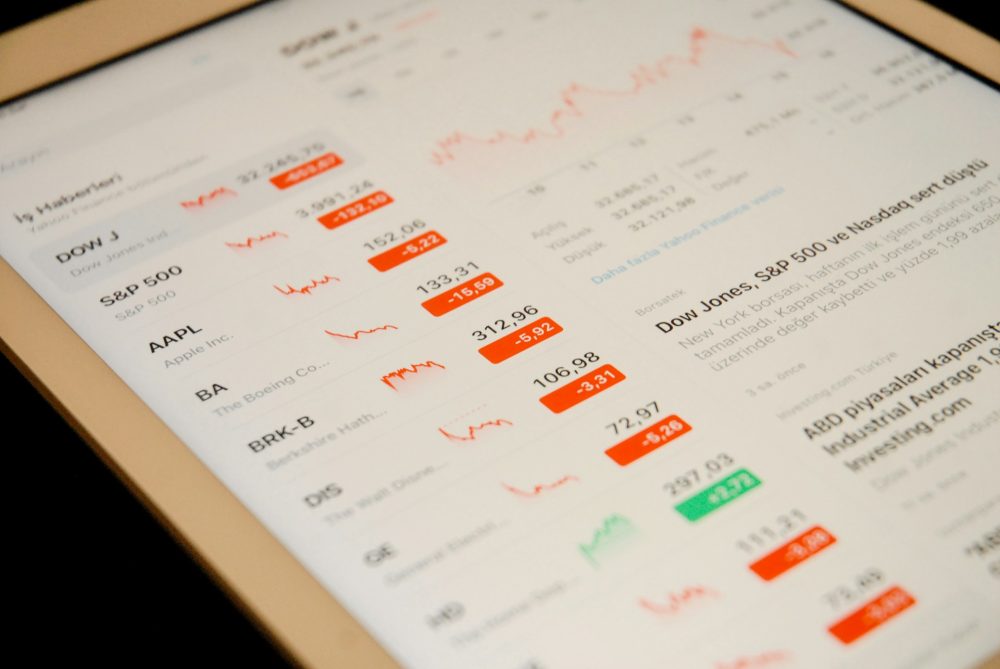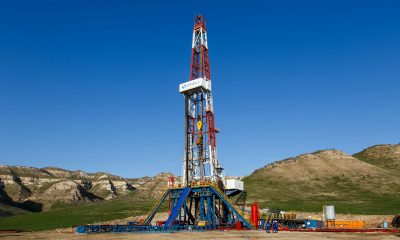Business
Energy retrofitting is becoming more present in the energy field
For the real estate market is that retrofitting is going to be a big business. The reason is simple: from an operating standpoint, energy retrofits are an intramarginal investment, and therefore inherently carry low risk, making them theoretically superior to most investments.

Rapidly expanding options with newer energy technologies are increasing the retrofitting opportunities to such a degree that we have an affluence that I could only call retrofit heaven. Many analyses in the energy field are now pointing out that renewable energy has simply become the most attractive option, and that fossil fuel assets are increasingly becoming stranded. Oil companies are learning to live with $50 oil instead of the $100 we were used to for a few years. However renewable technology is moving even faster. The gains in efficiency and economics are truly staggering. The translation of all this for the real estate market is that retrofitting is going to be a big business.
The reason is simple: from an operating standpoint, energy retrofits are an intramarginal investment, and therefore inherently carry low risk, making them theoretically superior to most investments. Energy bills are as certain as death and taxes, and therefore the option of capitalizing them up-front in the form of a make-or-buy decision, leading to on-site generation and a measure of energy independence is a high-quality investment, and in the present fairly low-interest environment superior to most other investments. A smart retrofit can have a payback with a 5-10 year time frame and there are not a lot of investments that can claim that. The last time I made any interest on a savings account it was laughably low, and after inflation it was negative.
Updating your operating cost for these energy price swings is reasonably easy, what is harder is predicting the future, for you need to typically look 25-30 years in the future. There are some issues you need to come to grips with to make a good decision. Since energy bills come back with certainty, this type of an intramarginal investment has a low beta, which almost immediately puts it ahead of most other investments. What you do need to always keep in view is your purpose for the property, and if there is a chance you will sell the property, the question is not only about the operational savings, but about how much does it add to the resale value of my property. On the valuation front there are two key drivers. Obviously, with low energy costs, the concern over energy bills is not as great as it once was. However, what is happening at the same time is that more and more properties with a net-zero or near-zero energy profile are being developed, so that over time the tendency will be to value properties based on a discount from net-zero.

People should use more heat pumps and fewer solar panels in the Nothern Tier, where heat and hot water are usually 70% of the energy budget, and a 20% savings on your electric bills therefore only saves 6% of your total energy spend. (Source)
Don’t fall for the happy, smiley sales people with great financing
The most common sales trick is to sell you on the payments and to confuse the cash flow issue with the investment issue. It may be motherhood and apple pie to some, but truthfully, you need to always first look at any project without financing, in order to truly understand the economics. Considering the financing options, they should be secondary after you are sure that the project makes sense. If people did this, there would be more heat pumps and fewer solar panels in the Nothern Tier, where heat and hot water are usually 70% of the energy budget, and a 20% savings on your electric bills therefore only saves 6% of your total energy spend.
Do not cherry pick your projects or lead with efficiency
There are many efficiency or passive options which have short paybacks by themselves, and the tendency exists to consider them in isolation. In most cases that means you are stealing from yourself, for you then end up later looking at a deep retrofit, and struggling with a long payback which may make it harder to finance. In my business we usually find immediate efficiency gains on the total energy load (electrical and thermal) of properties of 15-30% or more, and if the payback on that is three years, but the heat pump has an 8-year payback making it hard to finance in its own right, by putting them all together, you may have a project with a 5-6 year payback that is easy to finance.
If you keep these simple principles in mind, you may find that an energy retrofit can be a wonderful investment in many properties whose energy plant is aging.
—
DISCLAIMER: This article expresses my own ideas and opinions. Any information I have shared are from sources that I believe to be reliable and accurate. I did not receive any financial compensation in writing this post, nor do I own any shares in any company I’ve mentioned. I encourage any reader to do their own diligent research first before making any investment decisions.

-

 Crypto2 weeks ago
Crypto2 weeks agoBrazil’s Crypto Boom Threatened by Surprise Tax Proposal
-

 Markets6 days ago
Markets6 days agoCocoa Prices Drop Amid Speculative Selling and West African Supply Concerns
-

 Markets2 weeks ago
Markets2 weeks agoNavigating the Fourth Turning: Cycles of Crisis and Opportunity
-

 Cannabis4 days ago
Cannabis4 days agoIs Aurora Cannabis Stock a Risk Worth Taking?


























You must be logged in to post a comment Login